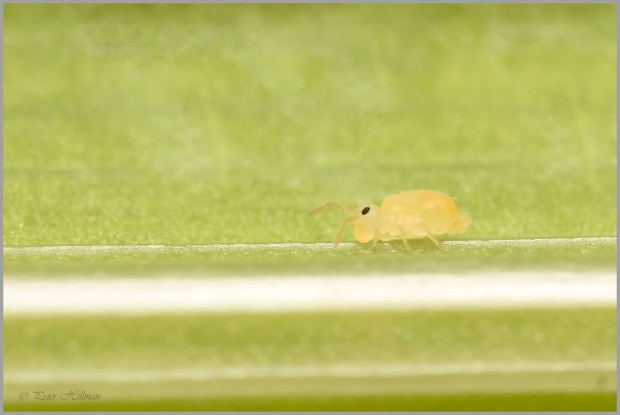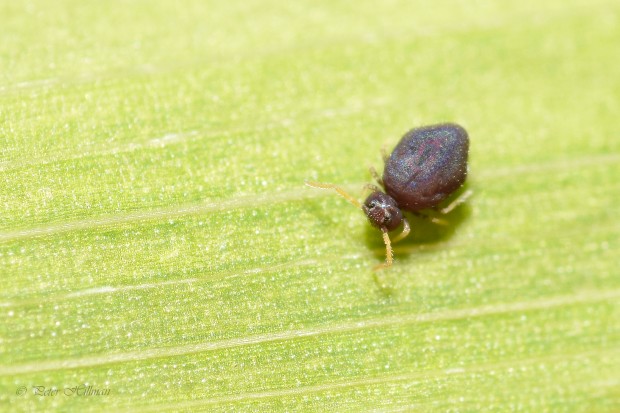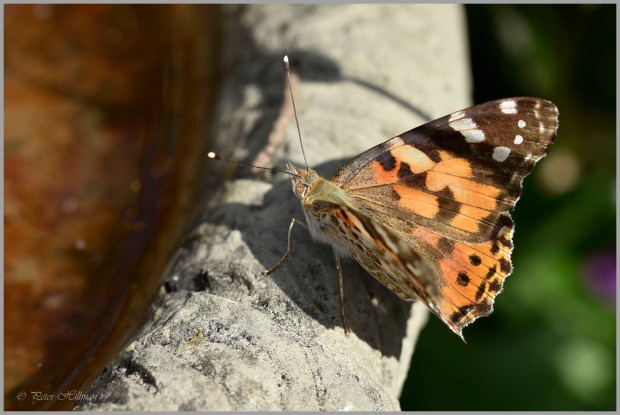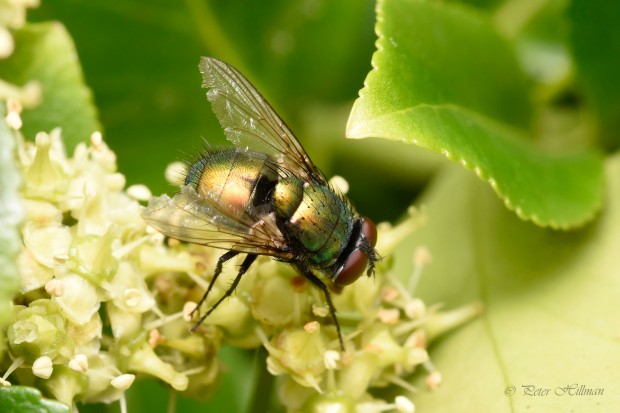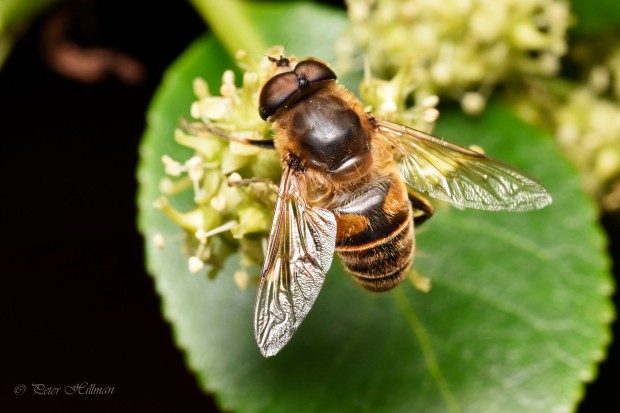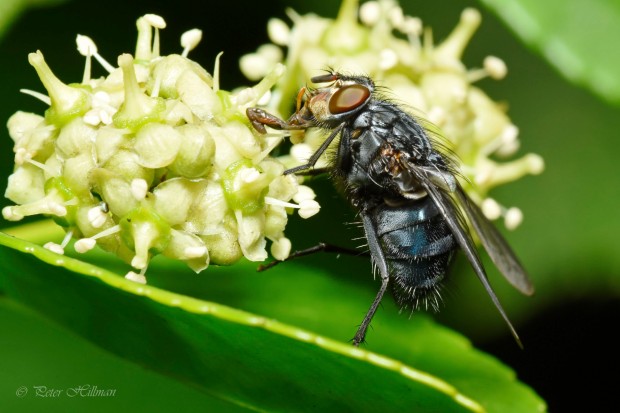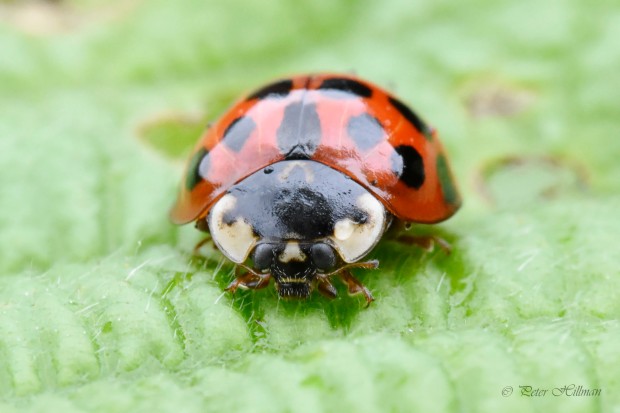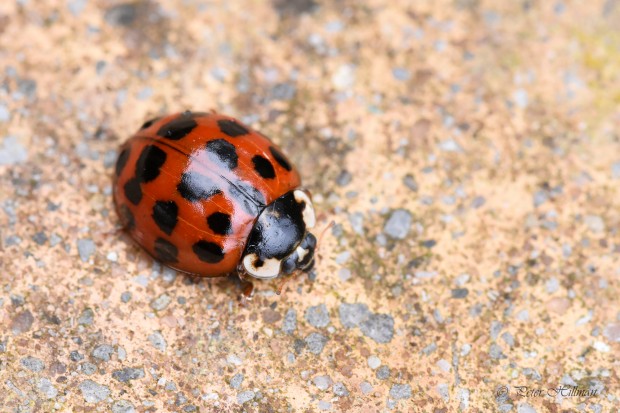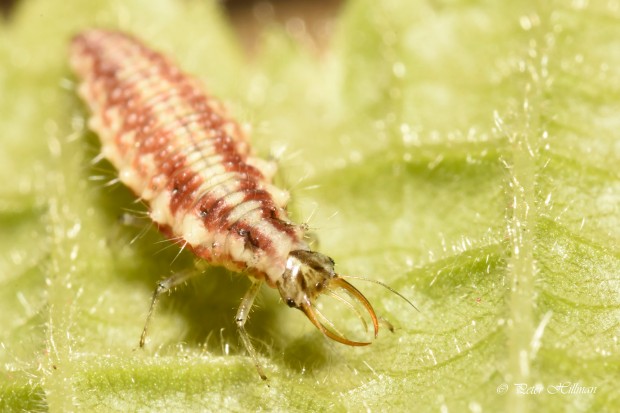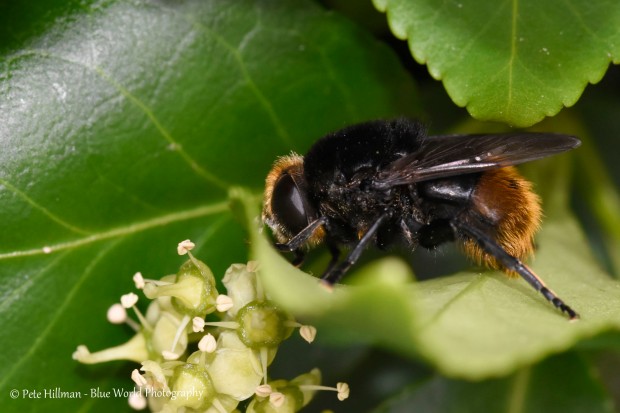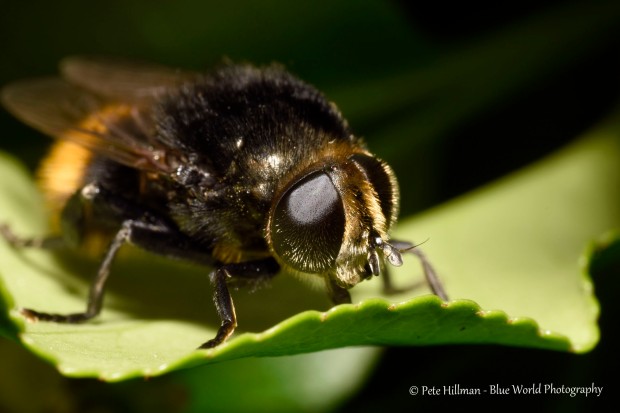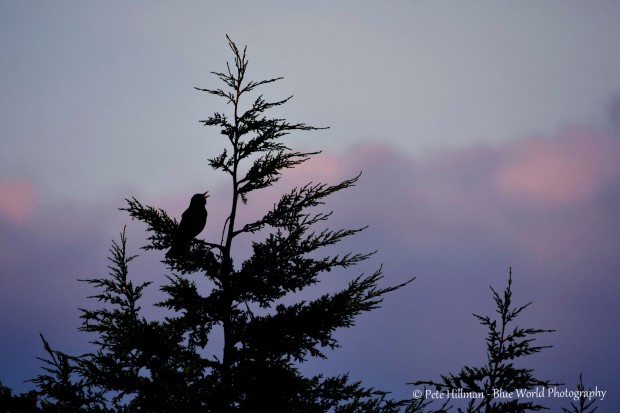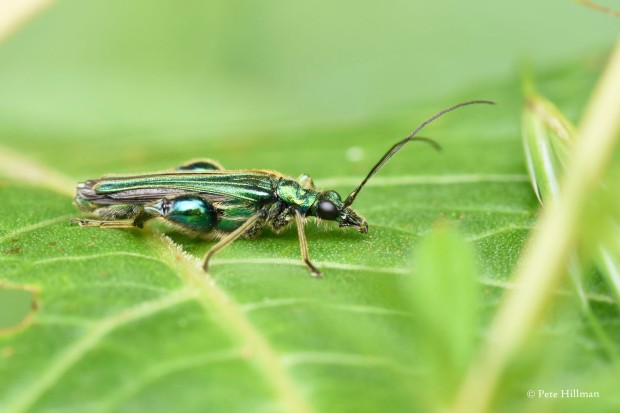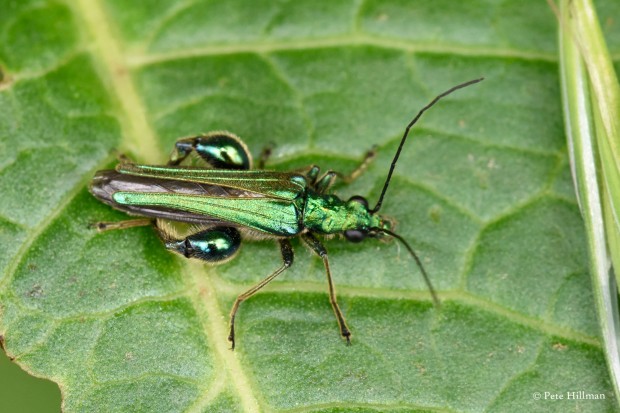
It is quite amazing what you can find by lifting a leaf in the backyard and looking hard. This tiny little Snout Mite scurried about in circles and was hell to try and photo before it disappeared down a crack in a wall. This was the best image I got, and how strange it is. It belongs to a family called Bdellidae which are amongst the first mites ever to be described. They are predatory mites which feed on other arthropods, and inhabit soil, leaf litter and leaves. They come under the same class as spiders – Arachnida – for they have eight legs, and the order Trombidiidae – mites. You can see how tiny it is for it has one leg on some dried snail excrement. Talk about putting your foot in it!
Click and click again on the image to get that little bit closer …
June 2019, rear garden, Staffordshire, England. © Pete Hillman.



